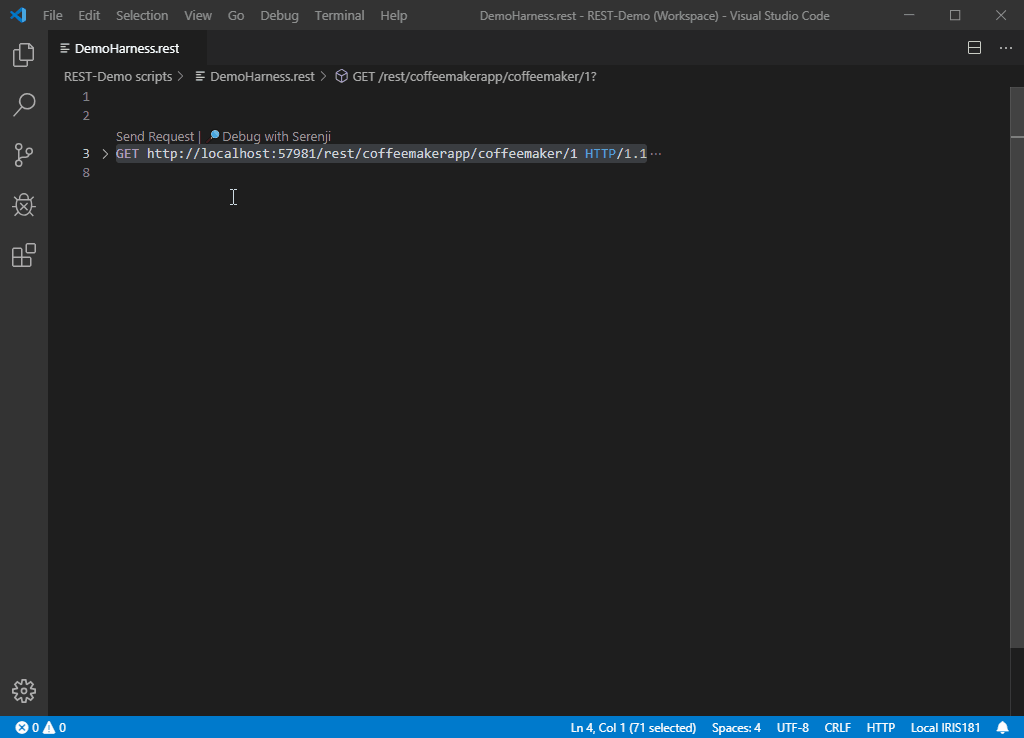Hi Community,
In the first part, we describe all packages, used libraries and REST services.
Now, I would like to add some details about converter and validator services.
By default, OpenAPI-Suite sends an HTTP request to converter.swagger.io if the specification version is less than 3.0 and another HTTP request to validator.swagger.io to simplify the structure of the specification document.
Although the usage of online utilities is convenient, in some cases it could be better to have our own instance of the converter and validator. For example, if OpenAPI-Suite is provided on a server in an organisation for ObjectScript developers, it may be preferable to avoid requests to external services (privacy, avoid request rate limits).
Just run:
docker run -d -p 8085:8080 --name swagger-converter swaggerapi/swagger-converter:latest
docker run -d -p 8086:8080 --name swagger-validator-v2 swaggerapi/swagger-validator-v2:latest


.png)

